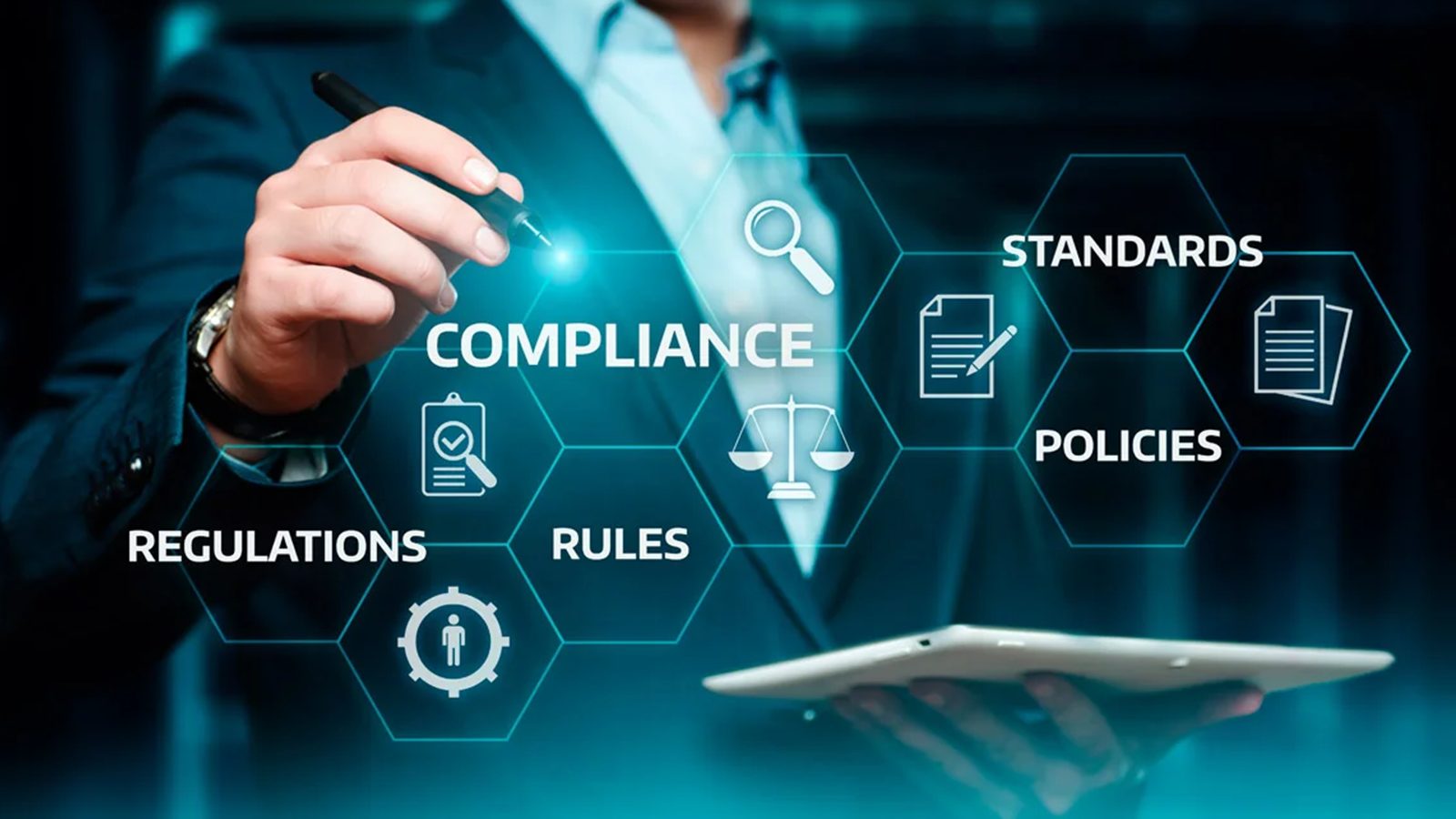Technical Compliance in the Gambling Industry

In the landscape of the gambling industry, technical compliance stands as a cornerstone for the success and sustainability of any business. Drawing from 17 years of industry experience, this article aims to delve into the nuances of technical compliance, offering insights, strategies, and best practices to navigate regulatory changes, market entries, and market comparisons effectively.
The Imperative of Regulatory Monitoring
Establishing a Dedicated Team
To ensure your business stays ahead of regulatory changes, it’s paramount to assign a dedicated team or individual responsible for continuous regulatory monitoring. This team should possess a profound understanding of relevant regulations, equipped with the necessary tools to stay current.
Identifying Regulatory Authorities
Know your regulators. Identify the relevant authorities overseeing iGaming and betting in the markets you operate or plan to enter. Establish clear communication channels with these entities, leveraging websites, newsletters, social media, and industry resources. Services like Complitech’s Compliance Monitor can complement your efforts, providing tailored updates based on your market preferences.
Understanding Impacts and Assessing Risks
Monitoring is just the beginning. Understand the implications of regulatory changes on your product offerings and operations. Map modifications against baseline standards and internal controls to evaluate new compliance risks. Create an action plan addressing these risks, incorporating updates to products, recertification, and approvals, as well as policy and procedure revisions.
Ensuring Successful Market Entry
Building a Multifunctional Team
A successful market entry requires a multifunctional team comprising members from crucial departments. This collaborative approach ensures the prompt identification and resolution of all necessary actions for a seamless market entry.
Establishing Rapport with Regulators
Maintain a solid rapport with regulators for clarification on laws, regulations, and guidelines. Interact using their preferred means and languages to enhance communication. If uncertainty persists, seek assistance from professionals specializing in technical and regulatory compliance.
Utilizing Technological Solutions
Transform regulatory requirements into a compliance obligations register using technological solutions. This enables quick dissemination of internal terms, facilitating high-level gap analysis and creating the basis for internal audit checklists. Ensure accessibility to the entire organization for ongoing compliance monitoring.
Benchmarking for Market Comparison
Leveraging Technology for Benchmarking
Benchmarking new markets against established ones is a best practice. Use technology solutions to compare compliance obligations, arranging requirements by product vertical and regulatory area. Conduct a side-by-side comparison to identify commonalities and discrepancies.
Analyzing Similarities and Differences
Analyze the similarities and differences between market requirements. Determine the implications for your business. Develop a comprehensive plan to address both similarities and differences, instilling confidence in your products, policies, and processes.
The Ongoing Commitment to Compliance
Embracing Continuous Monitoring
Compliance is not a one-time effort; it requires continuous monitoring. Stay abreast of changes, gather new requirements, and understand their impacts on your products. Invest in an internal team or external support and explore regulatory intelligence products like Vixio and Complitech to save time, money, and ensure ongoing compliance.
Frequently Asked Questions
Why is regulatory monitoring crucial for technical compliance?
Regulatory monitoring is essential to stay ahead of changes, understand implications, and ensure ongoing compliance.
How can businesses establish rapport with regulators?
Maintain communication using regulators’ preferred means and languages, seeking professional assistance if needed.
Why is benchmarking important for market comparison?
Benchmarking helps identify similarities and differences in compliance requirements, informing strategic planning.
Is compliance a one-time effort?
No, compliance is an ongoing commitment that necessitates continuous monitoring and adaptation to changes.
What role does technology play in compliance?
Technology facilitates the transformation of regulatory requirements into a compliance obligations register and supports ongoing monitoring.
How can businesses address differences in market requirements?
Develop a comprehensive plan to address both similarities and differences, ensuring compliance and business continuity.
Why is a multifunctional team essential for market entry?
A multifunctional team ensures the prompt identification and resolution of necessary actions for a successful market entry.
How can businesses assess the criticality of compliance risks?
Map regulatory changes against baseline standards and internal controls to evaluate the criticality of compliance risks.
What is the role of an action plan in market entry?
An action plan outlines steps for product modifications, new procedures, information security audits, and regulatory approval.
How can businesses ensure ongoing post-launch compliance verification?
Develop a plan for managing product changes and incidents compliantly, ensuring ongoing post-launch compliance verification.
Recommended Posts

The World of Wearable iGaming Tech
May 17, 2024

Going Live – Surge of Live Stream Gambling
May 17, 2024

Overview of Business Finance in Malta
May 17, 2024



